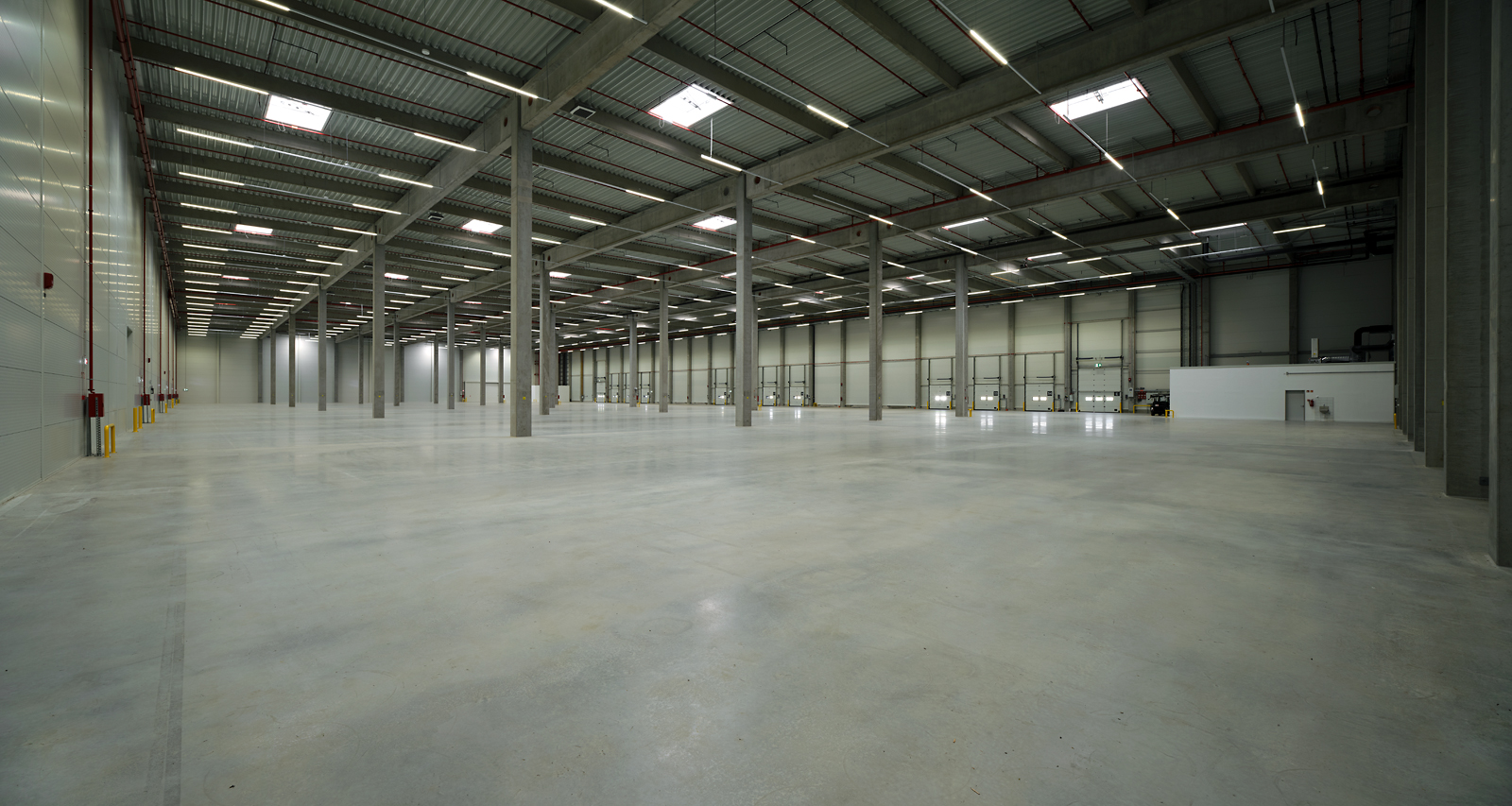SSCs keep CEE office market growing

According to the most recent survey by Cushman & Wakefield, 2.4 million square meters of office space are currently under development in the Central Eastern European region, 44% of which is being built in Poland – the success country of the region – and only 5% in Hungary.
“Poland is special in the region in the sense that, beside the capital city Warsaw, six other big cities can boost booming office markets. These are Wroclaw, Poznan, Gdansk, Lodz, and Krakow,” Gábor Borbély, CBRE’s regional manager responsible for Eastern Europe tells the Budapest Business Journal. “In eastern Poland, it is obviously the shared service centers that move the market. The reasonable costs of the workforce attracts them. In Poland, multinational companies find more opportunities in regional cities than anywhere else in the CEE region, simply because of the size of the secondary cities. Therefore the real estate development and investment market is more mature in Polish regional cities compared to their Hungarian peers,” Borbély adds.
“With rapidly falling yields, in the more developed markets people are starting to put their heads up and look around in search for better returns,” Boris Oluich, a principle at Peakside Capital, a private equity property investor, says. Experts interviewed by the BBJ say Hungary is clearly ranked in the same category as Romania. “Hungary is a small and not too liquid market. On top of that, surplus supply is significant even in the office building market, which is considered the most stable segment of the real estate sector. New SSCs do not seem to be appearing in Hungary in large numbers, although that would greatly stabilize the real estate market,” CBRE’s Borbély says.
Eduard Zehetner, chief executive of Austria’s major property company Immofinanz, recently told the Financial Times. “Hungary is a bit like Italy in that you have politics and the economy – and often the economy has very little to do with politics. The economy is better than you read in the newspapers.” The number of transactions are, nonetheless, on the rise in Hungary as well. “Last year, all sales totaled at €200 mln: this figure may be reached already in the first half of this year,” Borbély remarks optimistically.
-- This is an extract from Budapest Business Journal. For the full article, please see the print.
SUPPORT THE BUDAPEST BUSINESS JOURNAL
Producing journalism that is worthy of the name is a costly business. For 27 years, the publishers, editors and reporters of the Budapest Business Journal have striven to bring you business news that works, information that you can trust, that is factual, accurate and presented without fear or favor.
Newspaper organizations across the globe have struggled to find a business model that allows them to continue to excel, without compromising their ability to perform. Most recently, some have experimented with the idea of involving their most important stakeholders, their readers.
We would like to offer that same opportunity to our readers. We would like to invite you to help us deliver the quality business journalism you require. Hit our Support the BBJ button and you can choose the how much and how often you send us your contributions.







